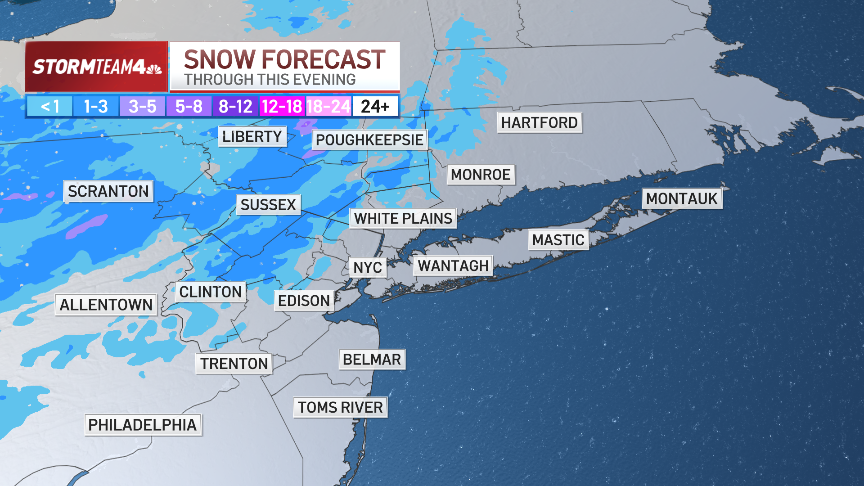Police arrested 100 of the hundreds of demonstrators who gathered in lower Manhattan Monday, chanting, carrying signs and -- in some places -- sitting down in the street to protest what they said were corporate and economic institutions' roles in the climate crisis.
Monday's demonstration was planned as a more confrontational sequel to Sunday's historic climate march, with many participants Monday deliberately risking arrest by obstructing traffic in the heart of the U.S. financial capital. The protesters, which included a person wearing a white polar bear suit, were arrested after they refused to leave Broadway near Wall Street, police said. Most of the arrests were for disorderly conduct.
Earlier, the protest took a tense turn as the demonstrators tried to push past police barricades at Wall Street, sparking a brief clash with officers.
But by and large, police, office workers and tourists watched alike as the activists chanted such messages as "we can't take this climate heat; we've got to shut down Wall Street" and bounced huge balloons meant to represent carbon dioxide bubbles.
"I wanted to come specifically to disrupt Wall Street because it's Wall Street that's fueling this," said Shapiro, while sitting next to the famed bull statute on Broadway. "I'm going after the source of the problem. ... That means actively having to confront the system."
Organizers said the #FloodWallStreet sit-in aimed to disrupt business in the financial district. Demonstrators didn't obtain a permit for the rally, police said, and participants such as Jenna DeBoisblanc arrived anticipating arrests as a way to underscore their message.
"If you're willing to risk arrest, it certainly demonstrates that it's something very urgent," said DeBoisblanc, a New Orleans environmental activist who sported a superhero outfit and green wig.
If Sunday's march was about building consensus around a crisis, the sit-in sought to take on institutions protesters hold responsible for it, said demonstrator Nicholas Powers, who teaches black and feminist literature at the State University of New York at Old Westbury.
Peppered with elements of performance art — one person wore a polar-bear suit, another Grim Reaper-like robes and a gas mask — the protest encompassed Occupy Wall Street veterans, anti-war activists who see climate change as a still bigger cause and residents of areas battered by Sandy.
"We're really fighting for resiliency," said Alexis Smallwood, whose home in the Far Rockaway section of the New York City borough of Queens was flooded by the October 2012 storm.
Participants encountered barricades and a heavy police presence as they tried to stream onto Wall Street after several hours of demonstrating by the bull statue nearby. Some tried to push through the barricades, and police and protesters tussled as officers held the barriers in place, using pepper spray. Police said no injuries were reported.
Local
The barricades stayed. So did hundreds of demonstrators, who continued sitting and standing outside the barriers, on Broadway.
Tourist Matilde Soligno, visiting from Bologna, Italy, came downtown to show a friend the famous bull and found it barricaded behind the demonstrators and the officers standing by. She took it in stride, snapping photos of the gathering.
"Every time I come here, there's somebody here protesting," she said. But, she added, "I think it's a good thing."
Demonstrator Nicholas Powers, who teaches black and feminist literature at SUNY Old Westbury, said that unlike Sunday's protest, the sit-in was less about building consensus and more about confronting the institutions they feel are responsible for stalled political action to reverse global warming.
Dressed in a green wig and superhero outfit, protester Jenna DeBoisblanc said at a rally in a park near Wall Street before the protest that those assembled were expecting arrests at the sit-in.
"I think arrests in particular are a very good way of conveying the gravity of an issue," said DeBoisblanc, an environmental activist from New Orleans. "If you're willing to risk arrest it certainly demonstrates that it's something very urgent."
On Sunday, actors Mark Ruffalo and Evangeline Lilly were among the 100,000 estimated protesters. It was one of many demonstrations around the world urging policymakers to take quick action.



